By Special to The New Orleans Agenda
From – www.NewOrleansAgenda.com
Reprinted – by Texas Metro News

Marc Haydel Morial is one of America’s most visionary and accomplished leaders. As Mayor of New Orleans, he led a dramatic comeback setting the standard for all of America’s cities. Morial transformed a broken New Orleans into a model for the nation’s urban cities. Through his sweeping police reforms, housing and neighborhood revitalization efforts, innovative global economic development initiatives, investment in infrastructure, and support of recreation, education and jobs for young people, Morial rebuilt a dying and decaying urban center into a great American city, restoring the City of New Orleans once again to its international prominence.
Across the United States, Republicans, Democrats, fellow mayors, governors, legislators, congressmen, senators and business executives recognize Morial as “a new American mayor,” one not defined by the limits of his governmental responsibilities. He is CEO, Entrepreneur, Problem-Solver, Public-Private Partner, and Advocate for his city and its citizens.
Morial, as President of the U.S. Conference of Mayors developed and advocated a united national urban policy. He is a respected expert on national policy and its impact on cities. His colleagues described him as well-suited to lead the non-partisan national mayors organization, where he impacted urban public policy in the arts, transportation and infrastructure, the environment, crime prevention, housing, jobs and recreation.
Born in New Orleans, he is the second of five children of the city’s first African-American mayor, the late Ernest N. “Dutch” Morial, a lawyer, and Sybil Haydel Morial, a teacher and educator. A 1976 graduate of Jesuit High School, Morial earned a BA in Economics at the University of Pennsylvania in 1980, and received a law degree from Georgetown University Law Center in 1983. He has a daughter, Kemah Dennis-Morial, a student at Tufts University. He is married to newswoman Michelle Miller and they have a son, Mason Miller Morial.
NOTE: On May 15, 2003, Marc H. Morial became President and CEO of the National Urban League.
Introduction
In 1994, when I first ran for Mayor of New Orleans, the frequently heard comment on the streets of the city was “the last one to leave should turn out the lights.”
New Orleans was indeed in a desperate plight.
- The Police Department was considered the most brutal and corrupt in the nation.
- The city suffered more than 400 murders in 1994.
- City Hall was often spoken of as a dirty, ill-kept place.
- Many of the New Orleans Recreation Department’s playgrounds had been closed for lack of funds to operate them.
- More than 30,000 residences and businesses were boarded up and in many instances had been converted to crack houses or places forprostitution.
- Many airline executives spoke of the New Orleans International Airport as a fourth-rate facility.
- We desperately needed city and state funds for the Phase III Expansion of the Morial Convention Center (named after my late father, Ernest “Dutch” Morial). The entire matter was tied up in disputes between the city and state.
During our administration, we tackled these and many other urban problems. Under a new police superintendent, Richard Pennington of Washington D.C., 600 police officers were arrested, fired, disciplined or resigned while under investigation. Chief Pennington actively assisted the FBI and Justice Department in prosecutions that sent dozens of officers to jail and two to Death Row.
Chief Pennington achieved a pledge to reduce murders and violent crime by more than 50 percent. He lifted the number of police officers from 1,285 to nearly 1,700 and said the city ought to set a future goal of 2,000 police officers.
We cleaned up City Hall with the help of hundreds of volunteers and Parish Prison inmates.
Since 1994, the budget of the Recreation Department has doubled and the playgrounds were re-opened and improved while new swimming pools were constructed.
New housing programs were begun that reduced the number of blighted and abandon property by nearly 30%. First-time homebuyer programs improved the homeownership rate from 42% to 47%. New homes have been constructed in inner-city neighborhoods.
Since 1994, the city has issued more than 18,000 building permits for renovations and additions.
In 1995, we passed the largest bond issue in the city’s history to rebuild our streets, parks, playgrounds and public buildings. We called these initiatives Rebuild New Orleans Now! In 2000, we ensured continuation of our rebuilding efforts with the passage of Purposes A & B which funded an additional $150 million for infrastructure improvements and $27 million for law enforcement facilities.
The revitalization of Canal Street was a major focus of our administration. Underway is a three-year capital improvement project, which is improving sidewalks, neutral grounds, landscapes, and construction has begun on the Canal Street streetcar line, a $156 million investment.
We created a host of government innovations including a reformed city charter, the beginnings of a revised land use plan and a new comprehensive zoning ordinance. And we worked closely with the private sector to create an environment where partnerships with government facilitated private investments that benefited the entire city.
A rejuvenated New Orleans Aviation Board created an $850 million renovation, rebuilding and expansion program for the Airport. The airport was re-named the Louis Armstrong New Orleans International Airport in 2001. We also convinced the FAA to begin a long-delayed study of a possible new runway that could double the Airport’s capacity.
The funds for the Phase III expansion of the Convention Center were secured, the expansion was constructed and plans are now being prepared for a Phase IV Expansion.
While our administration was the catalyst for these and many other successes that will be discussed in this report, I do not mean to suggest in any context that the renaissance of an American city represents an end in itself.
Eight years as mayor of a great American city certainly teaches one that the health and well-being of any community is a constantly evolving story that lives on for as long as the city lives. Each administration and generation of citizen leaders builds on the successes of their predecessors. So it will be with the administrations that follow my tenure.
We are all bound together by a shared love of the city that we call home. To have been elected twice to serve as the Mayor of New Orleans is surely the greatest achievement of my life and I am honored to have had the opportunity to serve. I dedicate this report to all the workers, friends, volunteers and citizens who contributed to the successes that marked our tenure from 1994 to 2002.

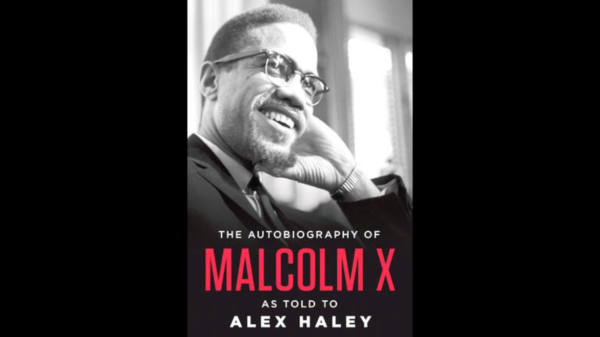
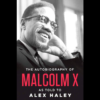
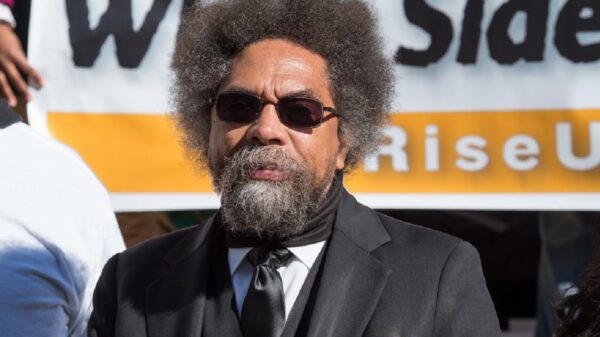
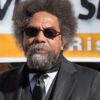
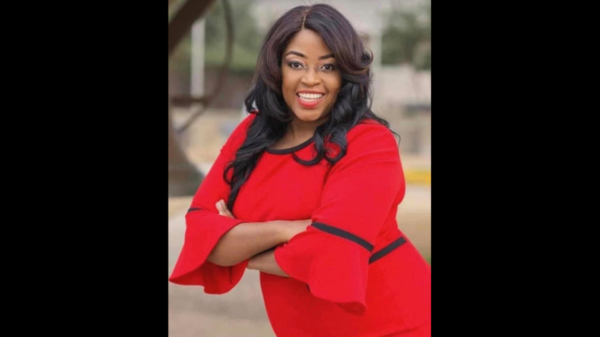

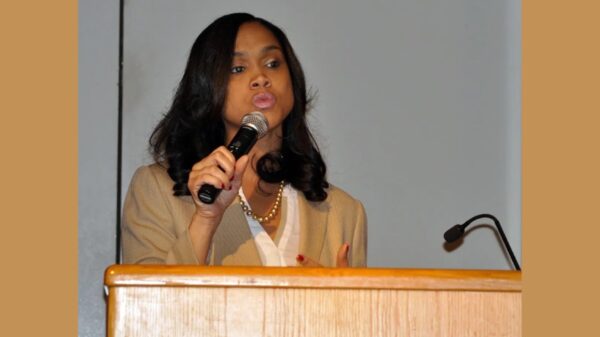
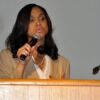
You must be logged in to post a comment Login